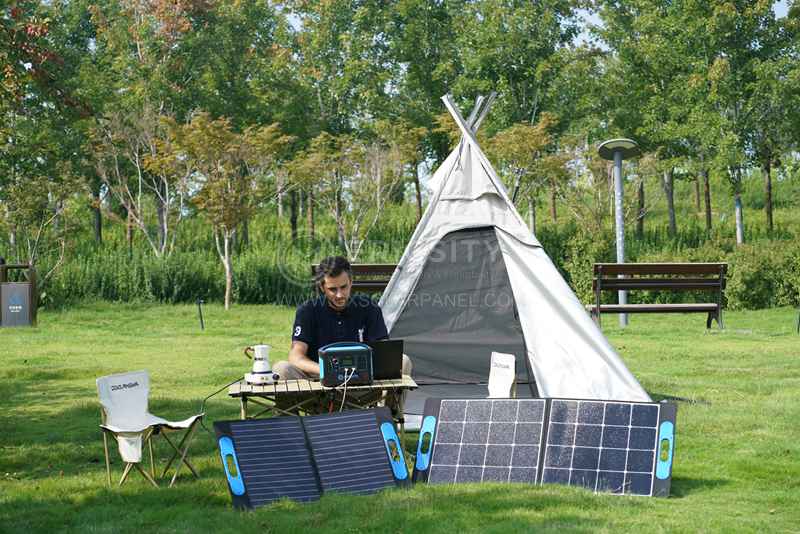HOT PRODUCT
Product Details
High-watt Flexible Solar Panels In Action: Real-life Examples Of Energy Abundance
High-watt Flexible Solar Panels In Action: Real-life Examples Of Energy Abundance
Solar energy is transforming the way we generate and consume electricity. With advancements in technology, solar panels have become more efficient and flexible, enabling them to be used in a variety of innovative ways. High-watt flexible solar panels are a prime example of this transformation, as they offer a powerful and versatile solution for capturing solar energy. In this article, we will explore the real-life examples of how these high-watt flexible solar panels are being utilized to usher in a new era of energy abundance.


1. Solar-Powered Vehicles:
High-watt flexible solar panels are being integrated into various types of vehicles, including cars, boats, and even planes. Solar-powered vehicles are gaining popularity as a sustainable mode of transportation, reducing the dependence on fossil fuels and decreasing carbon emissions. These solar panels, usually installed on the vehicle’s roof or body, generate electricity that can power the vehicle’s motor and charge its batteries. Solar-powered vehicles exemplify the potential of high-watt flexible solar panels to provide clean and renewable energy for daily transportation needs.


2. Solar-Powered Portable Devices:
From smartphones to camping equipment, many portable devices can now be powered by high-watt flexible solar panels. These panels can be easily folded or rolled, making them compact and lightweight for easy transportation. Outdoor enthusiasts can utilize solar-powered devices, such as solar chargers, to keep their gadgets powered during camping trips or other remote adventures. Additionally, these portable solar panels can be used in emergency situations, providing a reliable source of energy when traditional power sources are unavailable.
3. Solar-Powered Wearables:
High-watt flexible solar panels are also finding their way into wearable technology, such as smartwatches and fitness trackers. By incorporating solar panels into the design of these devices, users can harness solar energy to power their wearables, reducing the need for frequent charging or battery replacements. This innovation not only increases the convenience and longevity of wearables but also contributes to a greener and more sustainable future.
4. Solar-Powered Infrastructure:
Flexible solar panels are being integrated into the infrastructure to generate clean energy on a larger scale. They can be installed on building facades, windows, or even as canopies in outdoor spaces, effectively turning these structures into power-generating assets. This integration of solar panels into the built environment enhances energy self-sufficiency, reduces the impact on the electrical grid, and contributes to overall energy sustainability. These solar installations also serve as a visual reminder of our commitment to renewable energy and eco-friendly practices.
5. Solar-Powered Agriculture:
The agricultural sector is leveraging high-watt flexible solar panels to enhance energy efficiency and sustainability. Solar panels are installed on farms or greenhouses, offsetting energy consumption by generating electricity for irrigation systems, machinery, and storage facilities. This helps farmers reduce operational costs while transitioning to a cleaner energy source. Moreover, solar-powered agriculture enables greater energy independence, allowing rural farming communities to rely less on fossil fuel-based power grids.
In conclusion, high-watt flexible solar panels are revolutionizing the way we generate and utilize energy. From powering vehicles and portable devices to integrating them into infrastructure and agriculture, these solar panels offer a versatile and efficient solution for harnessing clean and renewable energy. As we continue to embrace solar technology, we can look forward to an era of energy abundance, where sustainability and innovation go hand in hand.




